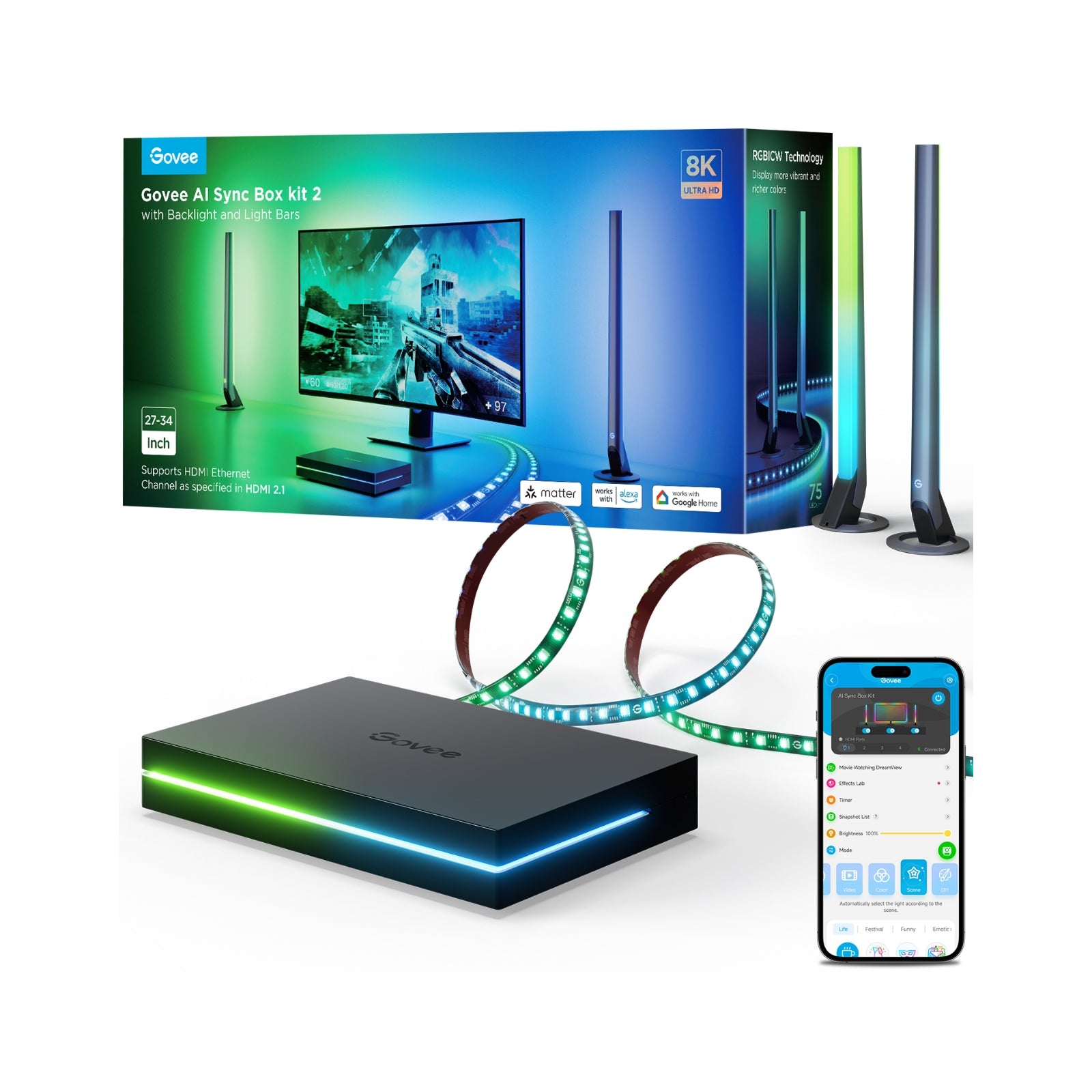This year, we’ve seen an exciting surge in high-performance monitors, from ultrawide displays to lightning-fast refresh rates. Among the standout launches are LG’s UltraGear Dual-Mode OLED Monitor and Samsung’s G8 OLED Gaming Monitor. Both offer impressive specs, similar sizes, and competitive price points—but which one is right for you?
In this post, we’ll compare these two monitors across key features, from design and gaming performance to productivity and audio capabilities. Whether you’re a competitive gamer, a productivity enthusiast, or a mix of both, this breakdown will help you decide which monitor suits your needs.
Specifications
Let’s start with the numbers. Both monitors are 32” 4K OLED displays with 0.03ms response times, 240Hz refresh rates, and support for both AMD FreeSync and NVIDIA G-Sync. They also feature:
- 2x HDMI 2.1 Ports
- 1x DisplayPort 1.4 Port
- Similar Pixels per Inch (PPI)
However, there are some notable differences:
- LG UltraGear Dual-Mode: Offers a unique 480Hz mode at 1080p, allowing competitive gamers to push performance further.
- Samsung G8 OLED: Features advanced anti-glare technology and a fixed 240Hz refresh rate.
Both monitors cater to gaming and productivity, but their distinct features set them apart.
Design
- LG UltraGear Dual-Mode: The LG opts for a slightly more aggressive gaming look with a black casing and LED accent lighting. A thoughtful cable cover helps keep your setup tidy.
- Samsung G8 OLED: Samsung’s sleek silver design blends seamlessly into gaming or professional setups. Its venting and LED ring on the back add subtle elegance.
While both designs are practical, the LG includes better cable management, while Samsung’s aesthetics lean more toward versatility.
Backlighting and LEDs
Both monitors feature LED lighting on the back, but the output is minimal and best suited for pitch-dark rooms. For brighter and more immersive lighting, consider external solutions like the Govee AI Sync Box Kit 2, which pairs light bars and an LED strip with gameplay for dynamic visuals.

Stand and Mounting Options
Both monitors come with slim stands that take up minimal desk space and offer VESA compatibility for monitor arms. If desk space is a priority, pairing these monitors with a quality arm is a great option.
Display Performance
Colour and Brightness
- LG UltraGear: Marginally brighter with WOLED panel technology, performing better in brightly lit environments.
- Samsung G8 OLED: Leverages QD-OLED technology, excelling in colour accuracy and darker rooms.
Anti-Glare Coating
Samsung’s anti-glare tech leads the pack, significantly reducing reflections without degrading image quality. LG’s coating is good, but Samsung edges ahead in this category.
Gaming Performance
Tested on popular games like Call of Duty, Fortnite, and Cyberpunk 2077, the results highlight both monitors’ strengths:
- LG UltraGear: Shines with its 480Hz Dual Mode, delivering smoother gameplay at lower resolutions. However, switching between modes can require relaunching games.
- Samsung G8 OLED: Consistently excellent performance at 4K resolution with fewer interruptions for mode switching.

Key Results (4K Gaming)
- Helldivers 2: 102 FPS (both monitors)
- Fortnite: 130–140 FPS (both monitors)
- Cyberpunk 2077: 75 FPS (Samsung), 101 FPS (LG)
- Warzone: 200 FPS (Samsung), 150 FPS (LG)
At 1080p with 480Hz, the LG achieves even higher frame rates, making it ideal for competitive gaming.
Productivity Features
Both monitors deliver excellent productivity experiences with similar PPI and support for multitasking. However, neither offers:
- USB-C or Thunderbolt Ports
- Power Delivery
For general office use, both perform equally well, though neither introduces standout productivity-specific features.
Audio
Here’s where the LG UltraGear Dual-Mode takes a clear lead. Its front-firing speakers deliver richer, fuller sound compared to Samsung’s thinner, less immersive audio. If sound quality matters to you, the LG wins this round.
Software and Smart Features
- LG UltraGear: Offers a basic on-screen control system with shortcuts for favourite settings.
- Samsung G8 OLED: Features the Tizen Smart Software, transforming the monitor into a hybrid TV with apps for streaming, live TV, and smart home integration.
While Samsung’s interface adds versatility, it can be sluggish at times, particularly when switching inputs.

Burn-In Protection and Warranty
Both monitors come with 2-year warranties covering OLED burn-in, which is a common concern for buyers. Both also include burn-in protection features like pixel shifting to minimise risk.
Which Monitor Is Right for You?
The decision comes down to your priorities:
- Choose the LG UltraGear Dual-Mode if you’re a competitive gamer who values high refresh rates and superior brightness for day-time use. It’s also a solid choice if you want immersive sound without external speakers.
- Choose the Samsung G8 OLED if you want a hybrid monitor for gaming, productivity, and media streaming. Its anti-glare coating, smart features, and versatile design make it ideal for multi-purpose use.
Final Thoughts
Both monitors deliver exceptional performance for their price points, catering to different needs. Whether you’re chasing frame rates or looking for an all-in-one display solution, these monitors are worthy contenders.
What do you think? Let us know in the comments which monitor you’d pick and why. If you’re looking to enhance your setup further, check out the Govee AI Sync Box Kit 2 for immersive backlighting, linked below.





